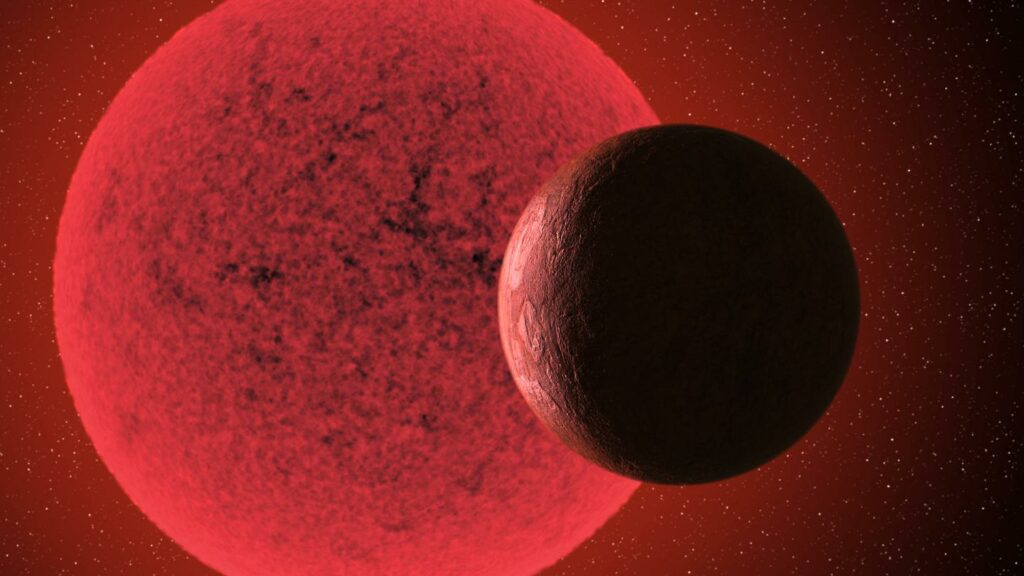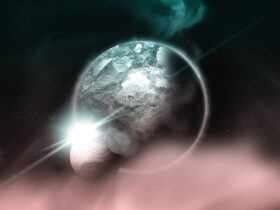From all the billions of trillions of stars that exist in the Universe, the M dwarfs are the most abundant type. Surely the exact number of stars is unknown, but astronomers are pretty sure that they are more prevalent than all the grains of sand that exist on all the beaches of the Earth.
Scientists discovered that a planet known as GJ 1252b and orbiting an M dwarf seems to lack an atmosphere, although it’s otherwise similar to Earth, according to a new study published in The Astrophysical Journal Letters. Oddly enough, the discovery could cause a change in the search for life on remote planets.
No chance for life to exist on GJ 1252b
It’s pretty certain that if you want to encounter any little green men or any living organisms, the GJ 1252b exoplanet doesn’t represent a good option where to look. The planet is a lot closer to its host star compared to the distance between Earth and the Sun. This means that the weather on GJ 1252b is pretty hot and unwelcoming. Since there’s also no atmosphere, the recipe for no life allowed is complete.
Considering that M-dwarf stars are very common in the Universe, it means that there are also many planets out there lacking atmospheres. Furthermore, they cannot represent a travel destination, either for us or for ET.
Stephen Kane, who’s a UCR astrophysicist and also a co-author of the new study, explained as SciTechDaily quotes:
The planet could have 700 times more carbon than Earth has, and it still wouldn’t have an atmosphere. It would build up initially, but then taper off and erode away.
The reason for the lack of atmosphere on GJ 1252b is that its host star emits radiation strong enough to wither it away.













Leave a Reply